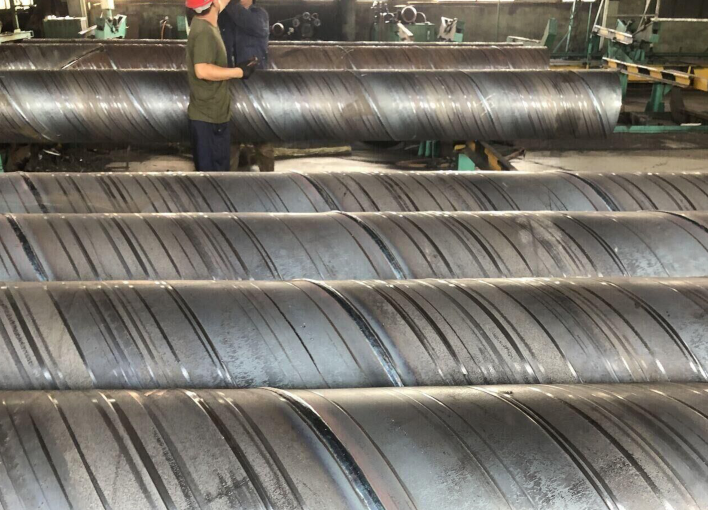
Spiral Steel Pipe Welding Quality Standard
The welding quality standard of spiral steel pipe (SSAW) is the key to ensure the quality of the project. By following the welding process regulations, selecting qualified welding personnel, using suitable welding materials, conducting quality inspections and dealing with welding defects in time, the quality of spiral steel pipe welding can be guaranteed to meet the standard requirements, and the safety and reliability of the project can be ensured.
The welding quality standard of spiral steel pipe is an important guide to ensure the quality of the project. The following are some common welding quality standards for spiral steel pipe:

1. Welding procedure specification
The welding of the spiral steel pipe shall comply with the relevant welding procedure specification. These regulations stipulate key elements such as welding materials, preheating temperature, welding parameters, and welding sequence to ensure the stability and reliability of welding quality.
2. Qualification of welding personnel
The welding work of spiral steel pipes must be carried out by trained and certified welding personnel. They should be familiar with the welding procedure regulations, have good welding technology and experience, and be able to ensure that the welding quality meets the standard requirements.
3. Selection of welding materials
Welding materials should comply with relevant standards and regulations. The quality and performance of welding electrodes, welding wire and other materials directly affect the strength and corrosion resistance of the weld. Choosing the right welding material is an important step to ensure welding quality.
4. Welding quality inspection
The welding of spiral steel pipes should be inspected to ensure that the quality of the weld meets the requirements. Commonly used detection methods include radiographic testing, ultrasonic testing, magnetic particle testing, etc. These detection methods can find problems such as welding defects and cracks, and repair and deal with them in time to ensure the integrity and reliability of the weld.
5. Welding defect treatment
During the welding process, welding defects may appear, such as pores, cracks, slag inclusions, etc. For these defects, they should be discovered in time and corresponding repair measures should be taken to ensure that the welding quality meets the standard requirements.
- 【Prev】 : General Terms for Steel Pipes
- 【Next】 : Seamless Steel Pipe Performance Testing Items


